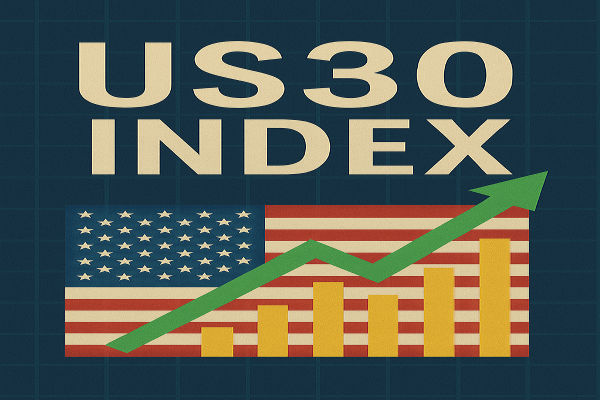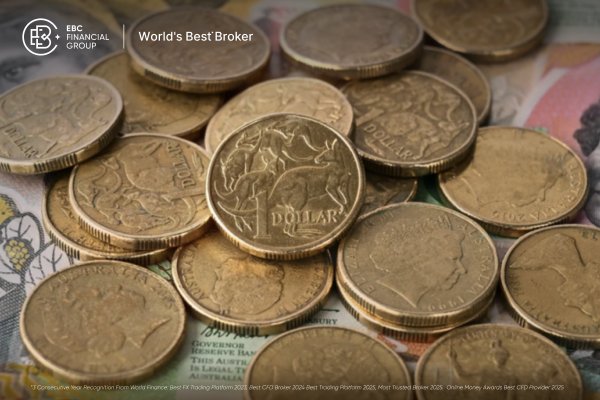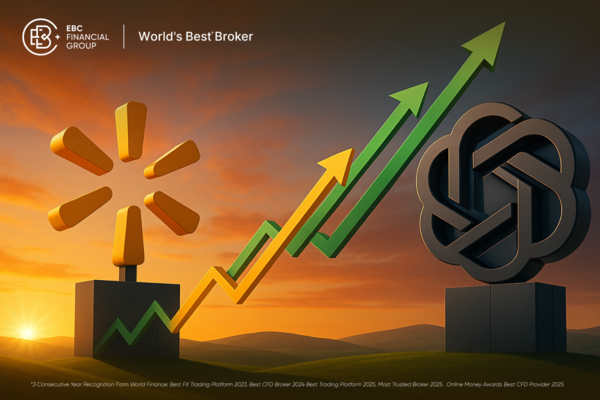Consistent monthly investing in index funds is among the easiest and most effective methods for accumulating long-term wealth. By combining regular contributions, low-cost passive management, diversification, and the power of compounding, you can steadily grow your portfolio without trying to time market swings.
In this deep dive, you'll learn what index funds are, why monthly investing works, how to invest in index funds monthly, select funds, manage risk, and stay the course so you can grow your assets over the years and decades.
What Are Index Funds and Why Do They Matter?
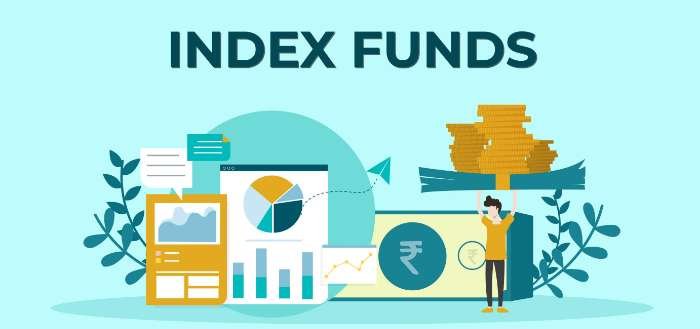
Index funds, whether mutual funds or ETFs, replicate a broad market benchmark, such as the S&P 500 or MSCI World, attempting to match market returns at ultra-low cost.
They follow a passive investment philosophy championed by John C. Bogle, emphasising simplicity, minimal fees, and consistent exposure to market performance rather than attempting to beat it. For example, passive index funds have consistently exceeded many actively managed funds over time, particularly after accounting for expenses.
These funds offer diversification across hundreds or thousands of stocks with a single investment, reducing risks tied to individual companies while maintaining exposure to broad economic growth.
Why Should Beginners Consider Monthly Index Funds Investing?

Rather than investing a lump sum all at once, contributing a fixed amount each month, often known as dollar‑cost averaging (DCA) or systematic investment plans (SIPs), offers key advantages, especially for long-term growth:
Smooths out market volatility
You buy more shares when prices dip and fewer when markets rise, lowering your average cost per share over time.
Removes emotional decision‑making
By sticking to a schedule, you avoid the temptation to time the market, reducing regret from poor timing.
Builds discipline and habit
Monthly automatic investing turns wealth building into a routine, not a one-time event.
Powers compounding growth
Even modest monthly contributions, compounded at historical average returns (8–10%), can grow substantially over decades. A SIP with a 12% return over 20 years could multiply contributions nearly 20-fold.
Although lump‑sum investing often outperforms DCA when markets trend steadily upward, DCA reduces short‑term risk and emotional pressure.
Benefits of Monthly Investing in Index Funds
Let's explore why this approach is especially suited to long‑term investors aiming to build wealth:
Low cost and transparency
Index funds typically feature expense ratios under 0.1%, which is considerably lower than those of actively managed alternatives. Lower fees mean more of your money compounds over time.
Broad diversification
With a single index fund, such as an S&P 500 or global ETF, you gain exposure to dozens or hundreds of companies across sectors and geographies, reducing concentration risk.
Accessibility and automation
You can start with small monthly contributions, often as little as $25 or ₹500, and many brokers allow automatic buys and dividend reinvestment.
Fine for early savers and late starters
Starting later in life doesn't matter; consistent monthly investing makes your money work for you.
Forfeiting early profits results in lost wealth, as demonstrated by UK ISA data, which reveals that neglecting initial contributions led to over £123,000 in growth losses for investors.
Example and Case Study
Even small monthly amounts yield striking results:
Investing $50 a month in an S&P 500 ETF for 20 years could grow to around $43,700, assuming ~10% annual returns.
A regular SIP growing at 12% returns over 20 years (as illustrated in Indian SIP estimates) can reach ₹1 crore from modest monthly savings.
In the UK, early consistent contributions to a global index via Stocks & Shares ISAs increased to £1.47 million by 2024.
Additionally, let's imagine two individuals:
The Young Saver:
Age 25, starting with $50/month in a global index ETF.
Continues for 40 years with ~8% yearly returns.
Ends with over $500,000, purely from the disciplined phase of monthly investing and compounding.
The Late Starter:
Age 45, investing $300/month in the same fund.
Over 20 years at ~8%, ending with over $140,000. It is not bad, but underscores the benefit of starting earlier.
Both situations emphasise that although beginning early is crucial, regular monthly contributions consistently accumulate wealth over time.
How to Invest in Index Funds Monthly? Step-by-Step Guide
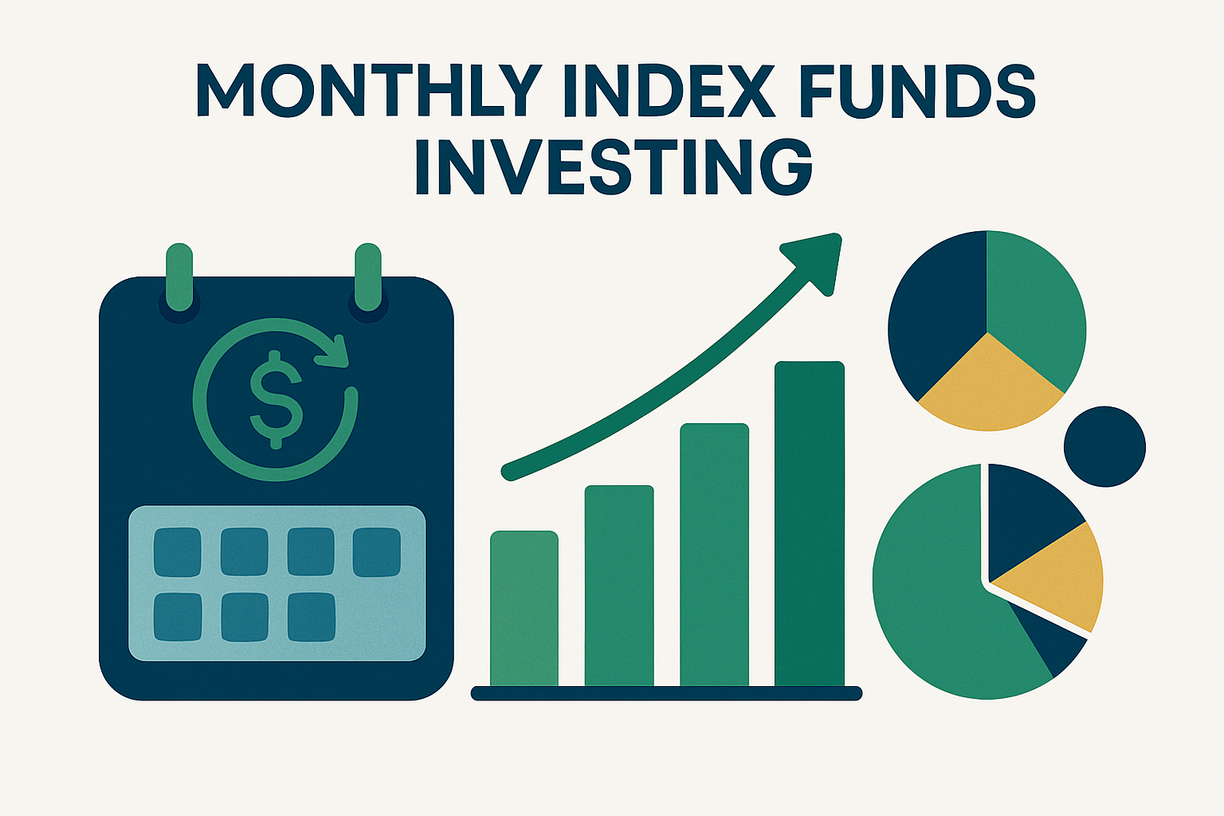
1. Define financial goals and time horizon
Are you saving for retirement in 20–30 years, a down payment, or a future business? Your time horizon should guide risk tolerance and fund selection.
2. Establish your monthly budget
Determine how much you can invest monthly after building an emergency fund and paying down high‑interest debt (ideally above 6%). Even modest amounts compound powerfully over many years.
3. Use dollar‑cost averaging
Set up automated monthly purchases of your chosen index fund, thus enforcing discipline and reducing emotional decisions.
4. Choose low‑cost index funds or ETFs
Options include:
S&P 500 index funds/ETFs (e.g., Vanguard, Fidelity)
Total U.S. market or global market trackers
International or emerging market ETFs
Select funds with low expense ratios and no trading commissions.
5. Reinvest dividends automatically
Enable dividend reinvestment (DRIP) so payouts buy more shares continuously, even fractions, accelerating compound growth.
6. Diversify across regions
You could distribute monthly contributions among U.S., global, or emerging market funds to gradually increase exposure.
What Are the Common Monthly Investing Concerns?
1) What about market timing?
With monthly investing, market timing becomes irrelevant. You invest regardless of market direction, smoothing volatility.
2) What if markets rise steadily?
Yes, a lump sum could outperform DCA in a bull market. But DCA reduces regret and emotional reactions during downtrends.
3) Are transaction fees a problem?
Most brokerage platforms now offer zero trades on ETFs and many mutual funds. Be sure to pick no-commission funds to preserve returns.
4) Should I adjust contributions over time?
Yes. Gradually increasing amounts as income grows or when reaching milestones helps you maintain pace with long-term goals.
Tips for Building Wealth Through Monthly Investing

Visualise Growth
Use portfolio apps or spreadsheets to track the value of your index fund investments and simulate future value.
Automate Everything
Set up automatic transfers and purchases so your investing happens passively, with minimal effort.
Remind Yourself of the Goal
Review your investment objectives each year. Commemorate achievements such as 5-year anniversaries or crossing significant thresholds.
Ignore the Headlines
Short-term market corrections are noise if your horizon is decades. Stick with your plan through volatility.
Frequently Asked Questions
Q1. How Much Money Do I Need to Start Investing in Index Funds Monthly?
Answer:
You can start investing in index funds with as little as $25 to $100 per month, depending on the broker or platform you choose. Many modern investment apps and brokers now offer fractional shares, enabling newcomers to invest smaller sums consistently. The key is consistency, not the initial amount.
Q2. Is It Better to Invest in Index Funds Monthly or as a Lump Sum?
Answer:
Monthly investing, known as dollar-cost averaging (DCA), can reduce the risk of purchasing during a market peak and aids in steadily accumulating wealth over time.
Investing a lump sum can lead to greater returns in a bullish market, yet it entails a higher timing risk. For investors with a long-term outlook, regular monthly contributions provide discipline, reduce risk, and foster consistent growth.
Q3. Which Index Funds Are Best for Monthly Investing?
Answer:
Popular choices for monthly index investing include:
S&P 500 Index Funds (e.g., Vanguard's VFIAX or SPY ETF)
Total Market Index Funds (like VTSAX or ITOT)
Low-cost ETFs tracking major indices
Look for funds with low expense ratios, extensive diversification, and a strong historical performance. Vanguard, Fidelity, and Schwab all offer great options for beginners.
Conclusion
In conclusion, monthly investing in index funds is a time-tested strategy recommended by legendary investors such as John C. Bogle. It's ideal for people of all ages, risk profiles, and income levels.
While it demands consistency and patience over flashy timing or stock-picking abilities, it utilises compounding, extensive diversification, and low expenses to achieve market-average results, frequently surpassing managed options after accounting for fees.
Disclaimer: This material is for general information purposes only and is not intended as (and should not be considered to be) financial, investment or other advice on which reliance should be placed. No opinion given in the material constitutes a recommendation by EBC or the author that any particular investment, security, transaction or investment strategy is suitable for any specific person.










